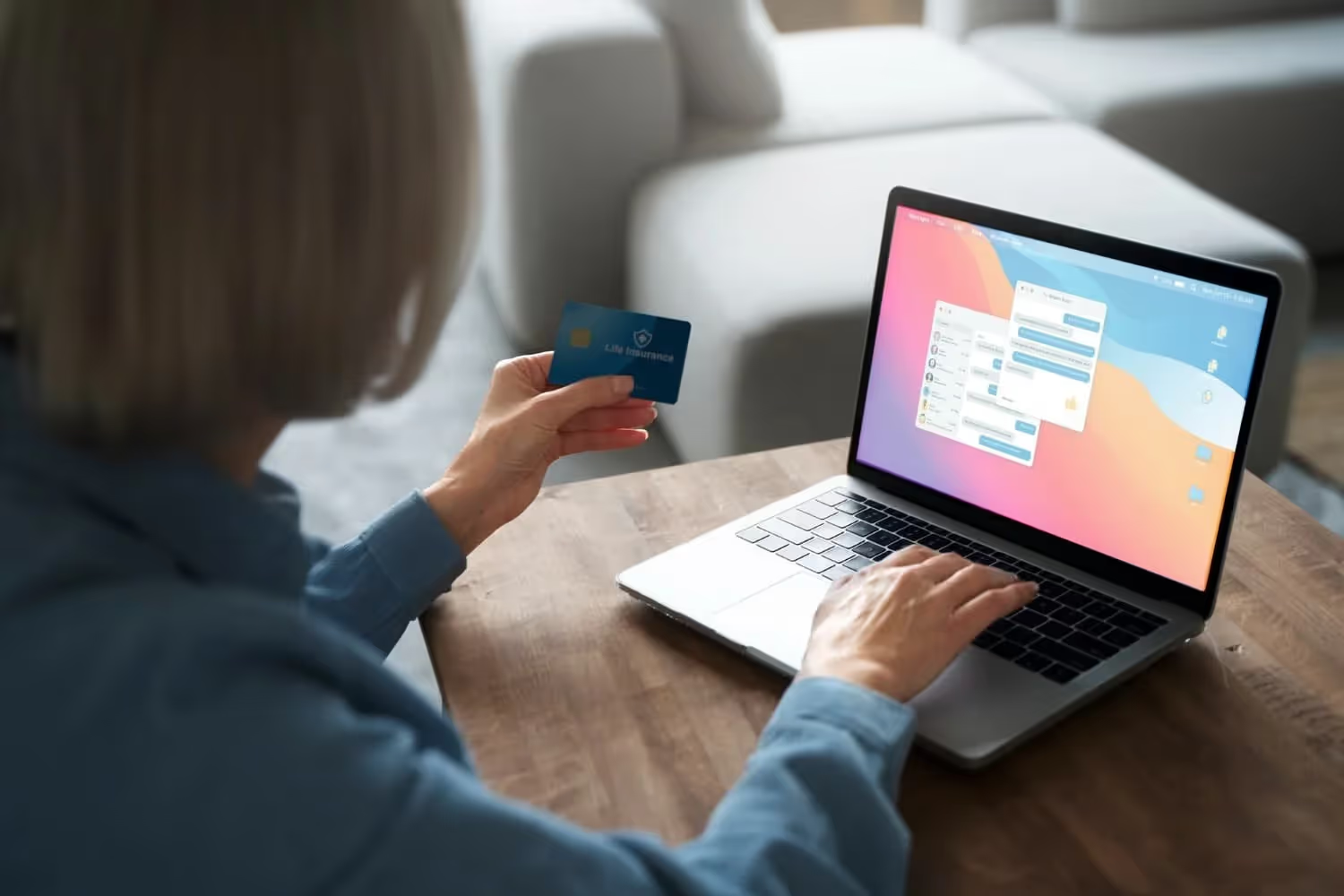12 Payment Reminder Email Templates for Timely Payments
This blog post contains 12 payment reminder sample emails that fit within that sweet spot and will actually work in your collection efforts. Each section provides two samples with different tones.
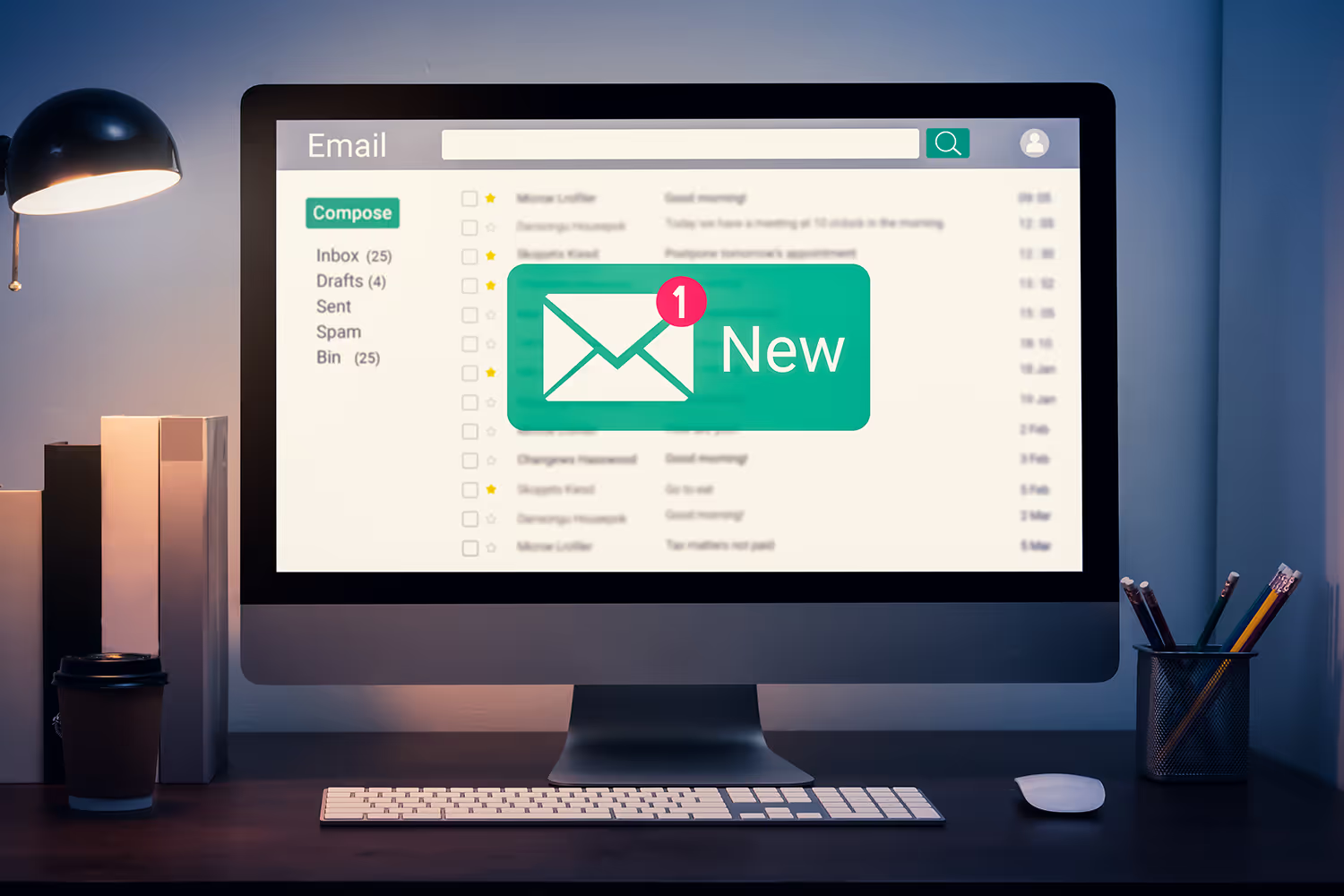
It doesn’t matter what type of business you run. It’s guaranteed that you’re going to have customers that still owe you money, even after you’ve made sure to tell them when their payment is due.
The reality is that 77% of people are anxious about their bills.
Sure, that statistic is from a personal perspective. Yet, it’s safe to say that the same feeling carries over to the business world as well. I can’t imagine that those individuals who feel nervous about their personal bills would have a different feeling about their business’s finances.
The inevitable overdue payment is something you should prepare for as a business owner.
What’s most important, though, isn’t what you do to prevent overdue account balances, it’s how you handle them after they’ve reached this point.
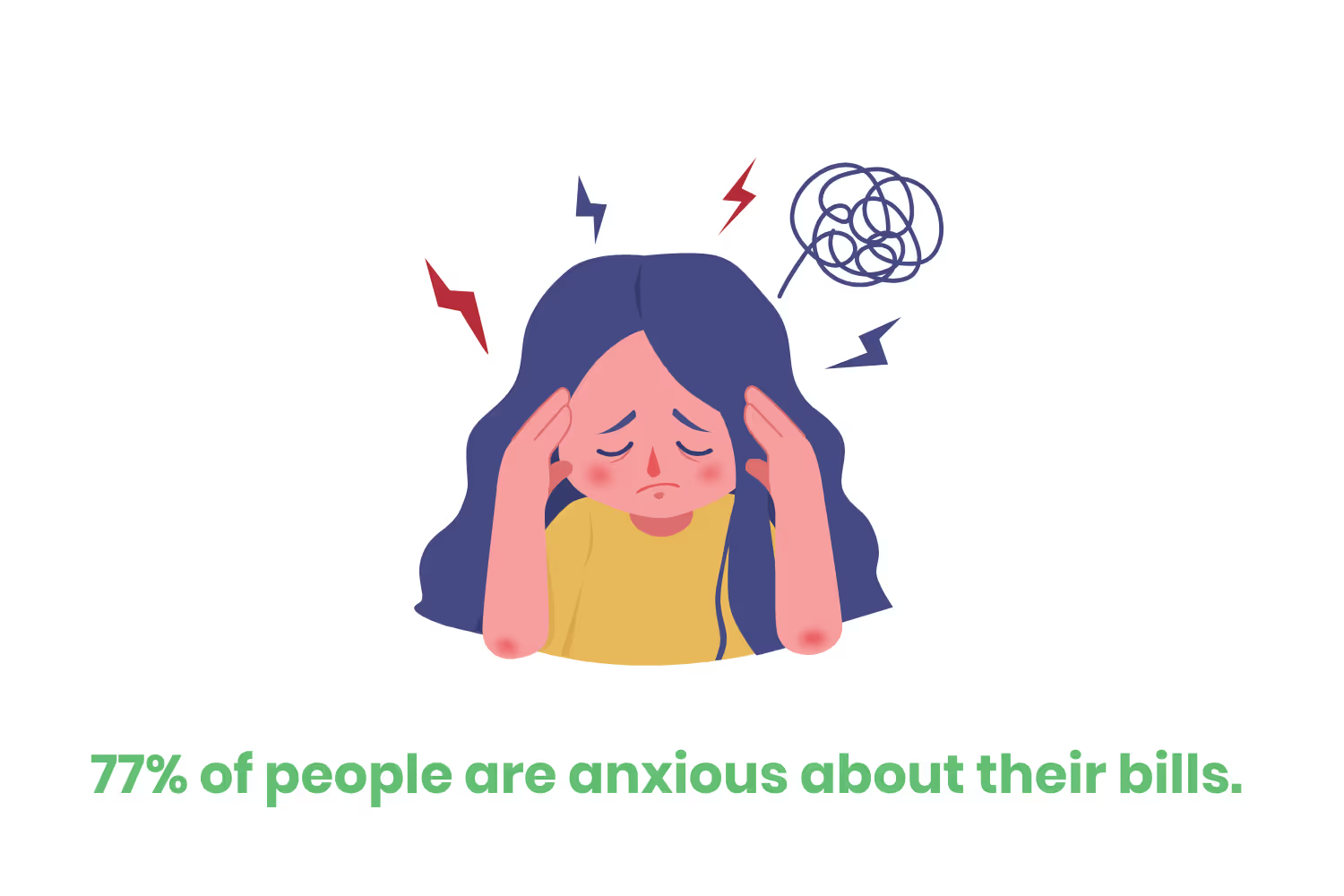
You should have a process in place that automatically kicks in as soon as one of your accounts becomes outstanding. Every effort you make prior to giving up on collecting from your delinquent accounts and outsourcing to a collections agency has a massive impact on your revenues.
Oftentimes the process I’m referring to means that you resend the invoice with a custom dunning message and include a past-due letter through the mail. But, what happens if that still isn’t effective?
You can’t just keep sending the same bill to a delinquent account for months, expecting payment. Instead, you’ll have to take a different approach entirely.
In other words, you’ll have to send your payment reminders through multiple channels.
It’s possible that the overdue client you’re trying to collect on doesn’t even know that they owe you because you never sent their bill to the right address (if that’s the case, hopefully, you’re not a healthcare practice).
Or, maybe the client that owes you isn’t a part of the same generation as you. If that’s the case, then there’s a high chance that they prefer receiving their bill in a different format altogether.
The point I’m trying to make is that you shouldn’t rely on one delivery method for your collections process. That concept also applies to your payment reminders as well. It goes back to the age-old cliche, “Don’t put all of your eggs in one basket.” Relying on one type of delivery method will end up backfiring on you.
One of the most effective, modern-day channels to utilize is email. 60% of consumers want to receive their bills via email. Sending an invoice via email can help prompt payment from your customers quickly.
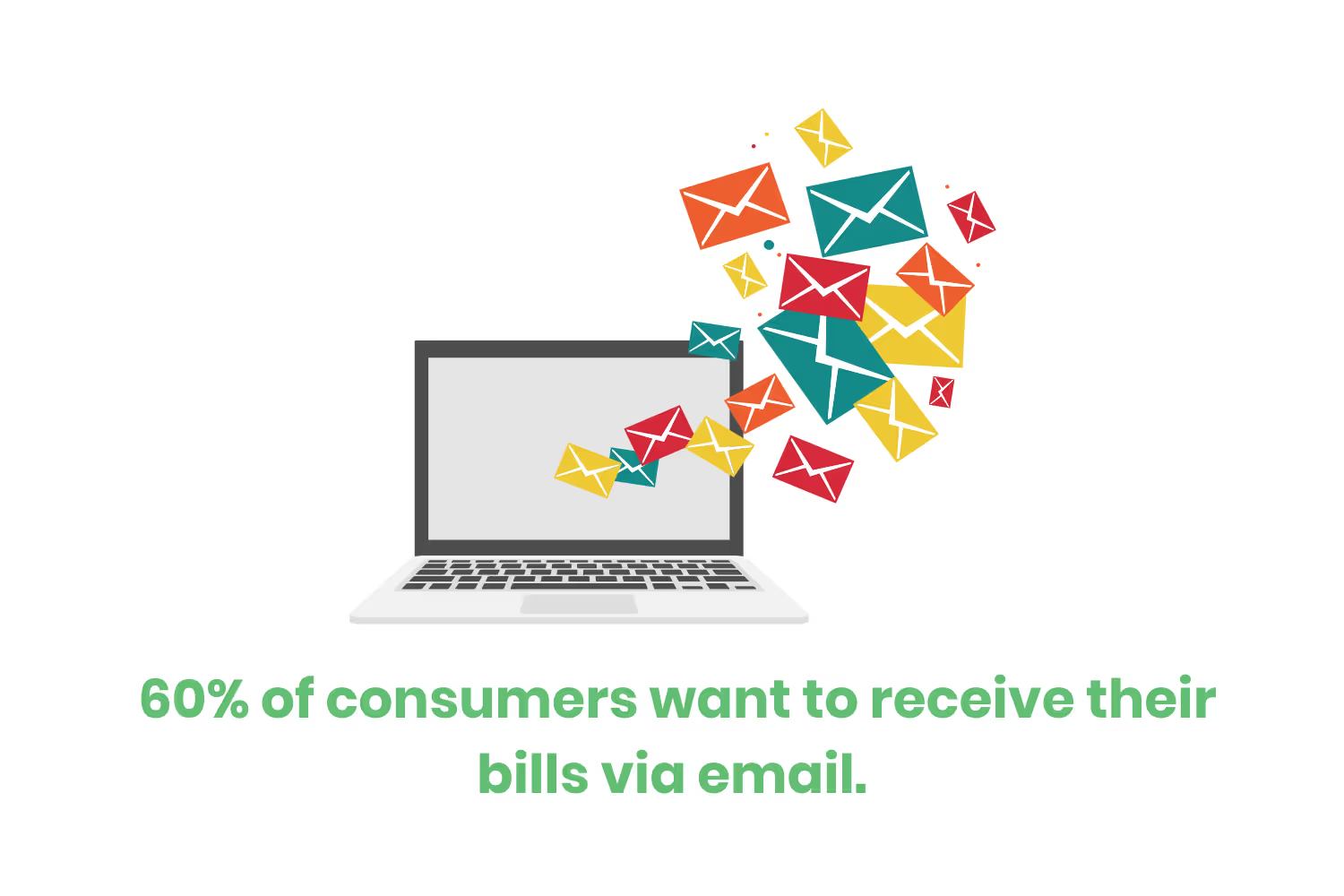
Whichever mediums you choose to utilize when sending bills to clients you should replicate when sending your payment reminders.
However, you shouldn’t use the same verbiage that you would use in a physical payment reminder letter. The ideal email copy is between 50 and 125 words has a response rate of 50%. Anything beyond that most likely won’t get read.
Luckily, I’ve drafted up 12 payment reminder email samples that fit within that sweet spot and will actually work in your collection efforts. Each section provides two samples with different tones.
What Should You Include in a Payment Reminder Email Template?
There are some universal elements that every invoice reminder email should have. To start, they should all be professional, polite, and direct. You want your client to feel respected and not pressured while also ensuring they understand you expect to receive payment from them.
Here are a few more key features you should include in your payment reminder emails to get the most engagement from clients:
- Have a clear and direct subject line. This highlights the purpose of the email immediately.
- Make your greeting personalized and professional.
- Include invoice details such as the payment date, invoice number, outstanding balance, and payment method options.
- Include a direct link for clients to make a payment.
- Offer assistance and include how they can contact you for more information.
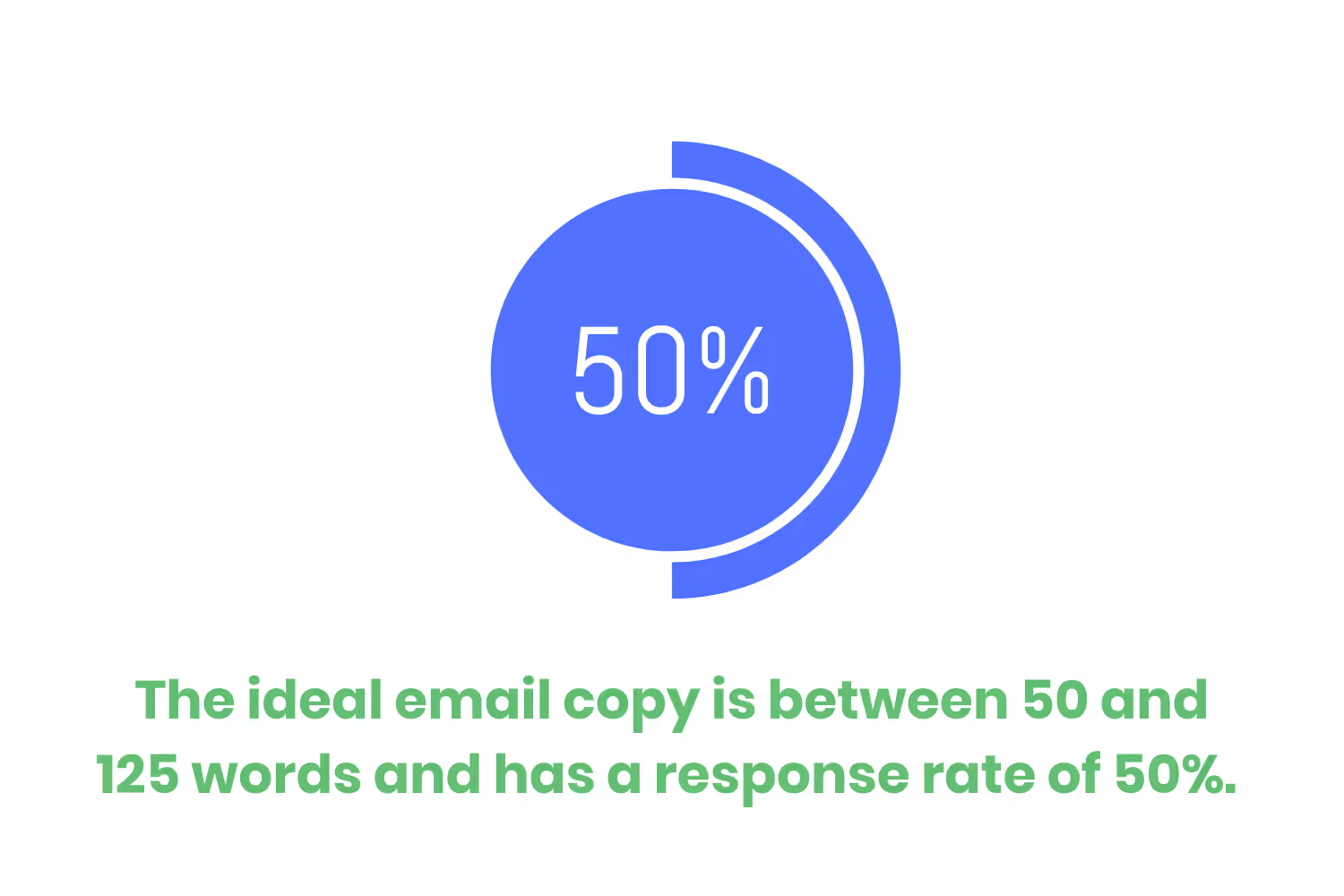
One Week Before Due Date
If you’re like most organizations, you assign a due date for your client’s payment one month after they’ve received your invoice. In a perfect world, your customers would pay you the moment they received their bill in the mail.
But, this isn’t always the case. Hence, this effective payment reminder email template blog! Your customers might be on a different billing cycle than you so they wait until they’ve received money to pay off their debts. Naturally, waiting opens up the door to forgetting that they owe you money altogether.
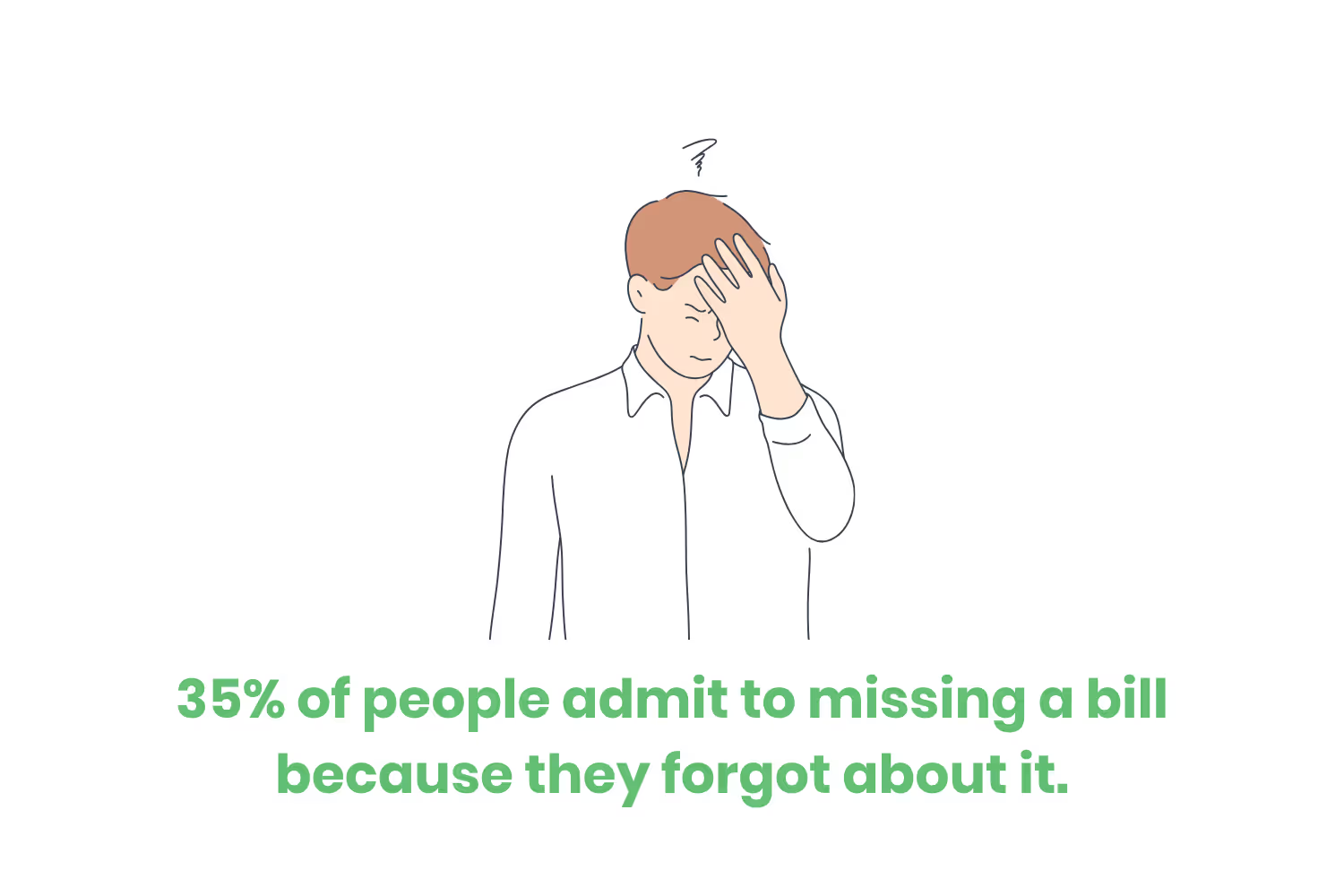
35% of people admit to missing a bill because they forgot about it.
Thus, it’s a good idea to send a payment reminder email to your clients one week before it’s due.
This email should use an optimistic tone. In other words, you should frame it in a more customer-centric way. After all, their account is still in good standing with your organization.
Friendly Reminder
Professional Template
Sample 2: Corporate Tone Before Due
Subject: [Item/Service Purchased]: Invoice #[Invoice Number]
Body:
[Customer’s First Name],
We have yet to receive payment from you regarding the [Insert Product/service] you purchased from us on [Purchase Date].
You may send us payment via check or online here - [Link to Invoice]
If you have any questions regarding your payment, please contact [Support Phone Number].
Regards,
[Your First Name]
[Title]
Day Payment is Due
By the time your client’s payment is due, they should’ve already received a reminder.
After the first email you sent, maybe they even responded to it reassuring you that they are aware of their outstanding balance with you and plan to pay it ASAP. Yet, here you are, one week later, and their balance is due.
This type of reminder doesn’t need to gauge your client’s feedback on the product or service they purchased from you. Instead, its main focus needs to be on the balance that they owe.
That doesn’t mean that it can’t use a friendly tone. It’s possible that your client is going through a rough financial situation right now. Thus, going out of your way to show empathy could work wonders on your collection efforts, especially when payment is due.
Gentle Reminder
Sample 3: Personable Tone on Due Date
Subject: Your Payment is Due Today
Body:
Hello [Customer’s First Name],
Unfortunately, we still haven’t received your payment for [Invoice Number]. It is due today.
Is it a bad time financially? We’re willing to help you by offering financial assistance. Respond to this email or give us a call at [Phone Number] and we’ll work together to get your balance resolved.
Best Regards,
[Your First Name]
Corporate Tone
Sample 4: Corporate Tone on Due Date
Subject: [Item/Service Purchased]: Invoice # [Invoice Number] Due
Body:
[Customer’s First Name],
Your payment of [Payment Amount] is due today for [Invoice Number].
Please visit [Link to Invoice] to view and pay your balance.
We offer financial assistance. Respond to this email promptly or contact us at [Phone Number] for more information.
Regards,
[Your First Name]
Shortly After Overdue Payment Reminder
Clients want you to view them in the best light. As a result, it’s still possible that they responded to both of your reminder emails yet still haven’t paid you. Although that sounds silly, it does happen.
Or, maybe they haven’t responded to you since the first email. Either way, you can’t stop your efforts to collect what’s owed to you.
By now you’ve probably noticed the pattern in terms of how often you send payment reminders. We’ve sent one email on a weekly basis since seven days before the due date. This sample follows the same strategy.
Friendly Follow-up Email
Sample 5: Personable Tone Shortly After
Subject: Your Invoice #[Invoice Number] is Overdue - We Can Help
Body:
Hello [Customer’s First Name],
I took a look at our records today and noticed that we’re still waiting to receive payment from you for your invoice #[Invoice Number].
Your invoice with us was due on [Insert Due Date]. Since that day has passed, your account balance with us is now considered overdue.
Don’t worry, this doesn’t mean you’ve incurred any additional fees yet.
I’ve taken the courtesy to attach your invoice to this email just in case you’ve lost it.
You can pay your invoice off by clicking this link [Link to Invoice].
Warm Regards,
[Your First Name]
Professional Follow-up Email
Sample 6: Corporate Tone Shortly After
Subject: Invoice #[Invoice Number] is Now Overdue
Body:
[Customer’s First Name],
Our records indicate that your invoice #[Invoice Number] is now 1 day overdue.
In order to avoid any additional fees, pay your invoice as soon as possible.
You can pay your invoice online at [Link to Invoice].
Regards,
[Your First Name]
30 Days Late Payment
After your first barrage of reminders, it’s a best practice that you go “radio silent” for a little while on the delinquent account you’re trying to collect from. This also holds true within the collection world of physical, mailed letters, but even more so when it comes to emails.
The reality is that 1 in 6 emails sent get blocked by the recipient and marked as spam.
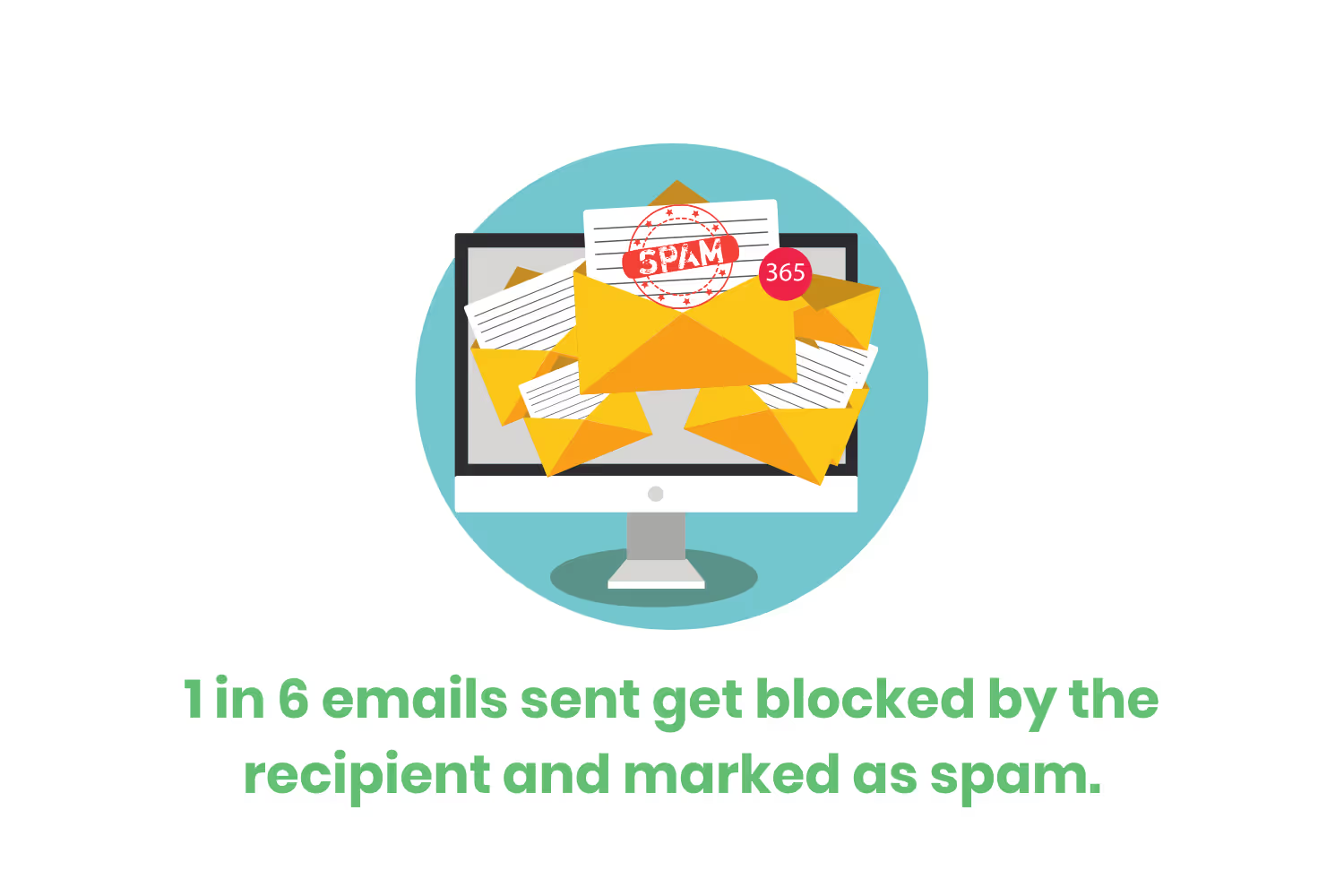
The email world is user-driven. Recipients decide the fate of what happens to your messages. If enough users continue to report the emails coming from your domain as spam, you’ll see less message retention over time. Worse, you could end up on blacklists like where none of your messages will go through.
The point I’m trying to make is that if you continued to send emails every week trying to collect on a delinquent account, they’re going to end up reporting you as a spammer.
I’m not saying that at this point you give up on trying to collect what’s owed to you. Instead, you just need to wait a little bit longer. Specifically, about a month later.
Gentle Overdue Payment Reminder
Sample 7: Personable Tone 30 Days
Subject: Invoice #[Invoice Number] is 30 Days Overdue - Are You Receiving This?
Body:
[Customer’s First Name],
I’ve tried reaching out to you multiple times over the past month regarding your balance of [Amount Due] from invoice #[Invoice Number].
I’m writing to you again to let you know that your balance with us is now 30 days overdue.
You can pay your invoice off by clicking this link [Link to Invoice].
It is possible that my previous emails fell through the cracks. Could you please reply to this email to let me know that you’ve received it?
Regards,
[Your First Name]
Corporate Overdue Payment Reminder
Sample 8: Corporate Tone 30 Days
Subject: [Invoice Number] is One-Month Overdue
Body:
[Customer’s First Name],
Your invoice #[Invoice Number] with us is now 30 days overdue.
We’ve sent you multiple correspondences regarding this balance. As a result, please reply to this email to confirm you’ve received it.
You can view and pay your invoice online at [Link to Invoice].
Regards,
[Your First Name]
60 Days Past Payment Due Date
If you’ve sent four email reminders to your client and they still haven’t paid you by the time their account reaches 60 days overdue, chances are they aren’t going to.
Yet, you should still make attempts to collect from your overdue accounts until they reach 90 days. At that point, your cost of labor usually evens up with the balance owed to you.

At 60 days overdue you need to take a firm approach toward your correspondence. If the client hasn’t reached out to you regarding their situation with trying to pay off their balance, they’re undermining your professionalism.
As a result, you need to be as transparent with them as possible. You’re likely fed up with the client at this point. But that doesn’t mean you shouldn’t maintain a professional demeanor. You need to be stern, yet not take this situation personally.
Polite Reminder For 60 Days Overdue
Sample 9: Personable Tone 60 Days
Subject: Payment Required ASAP - Invoice #[Invoice Number] is 60 Days Overdue
Body:
[Customer’s First Name],
I’m sending you another message to let you know that your balance of [Amount] from invoice #[Invoice Number] is still outstanding. Your account with us is now 60 days past due.
As a result, you may incur interest charges on your account per our agreed terms.
Please reply to this email if you have any questions regarding this payment. Otherwise, please settle your outstanding balance immediately by visiting [Link to Invoice].
Regards,
[Your First Name]
Professional Reminder For 60 Days Overdue
Sample 10: Corporate Tone 60 Days
Subject: Action Required - [Invoice Number] is 60 Days Overdue
Body:
[Customer’s First Name],
Your invoice #[Invoice Number] with us is now 60 days overdue. Please satisfy your balance of [Amount] ASAP.
Per terms, we may apply interest fees to your account.
You can view and pay your invoice online at [Link to Invoice].
Regards,
[Your First Name]
Overdue Reminder Before Sending to Collections
If you reach this point, it’s been three full months since your client purchased a product or service from you. The client had a month before their due date to satisfy their balance, this another is two months after that period. In other words, this is the worst-case scenario.
You might as well chalk up accounts that age this long as a loss and move on. That means calling up a collections agency that you’re familiar with and giving them the reins.
Before you do, though, you should send the client one last reminder email that lets them know what’s happening to your account.
Friendly Outstanding Payment Template
Sample 11: Personable Tone 90 Days
Subject: Next Steps for 90 Day Overdue Invoice #[Invoice Number]
Body:
[Customer’s First Name],
This is our final notice regarding your delinquent account with us. We have not received a response from you regarding your 90-day overdue invoice #[Invoice Number].
We must receive payment from you within 15 days after receiving this notice to avoid further collection action from an outside agency.
As a result, you may incur interest charges on your account per our agreed terms.
If you have any further questions you may contact us [Phone Number] between the hours of 8 am - 5 pm.
Regards,
[Your First Name]
Professional Outstanding Payment Template
Sample 12: Corporate Tone 90 Days
Subject: Final Notice for Overdue Invoice #[Invoice Number]
Body:
[Customer’s First Name],
Your delinquent account with us has an outstanding balance of [Amount] from invoice #[Invoice Number] that is now 90 days past due.
You have 15 days from the date of this message before we send your account to an outside collection agency.
Please contact us over the phone at [Phone Number] for payment options.
Regards,
[Your First Name]
Preventing Overdue Invoices
So what is the best policy when it comes to collecting on overdue invoices? It is to avoid them in the first place! I know, that's a bit of a trick question, but let's face it: preventing outstanding invoices takes less time and money than chasing down your clients. It makes for a better professional relationship with your clients, too.
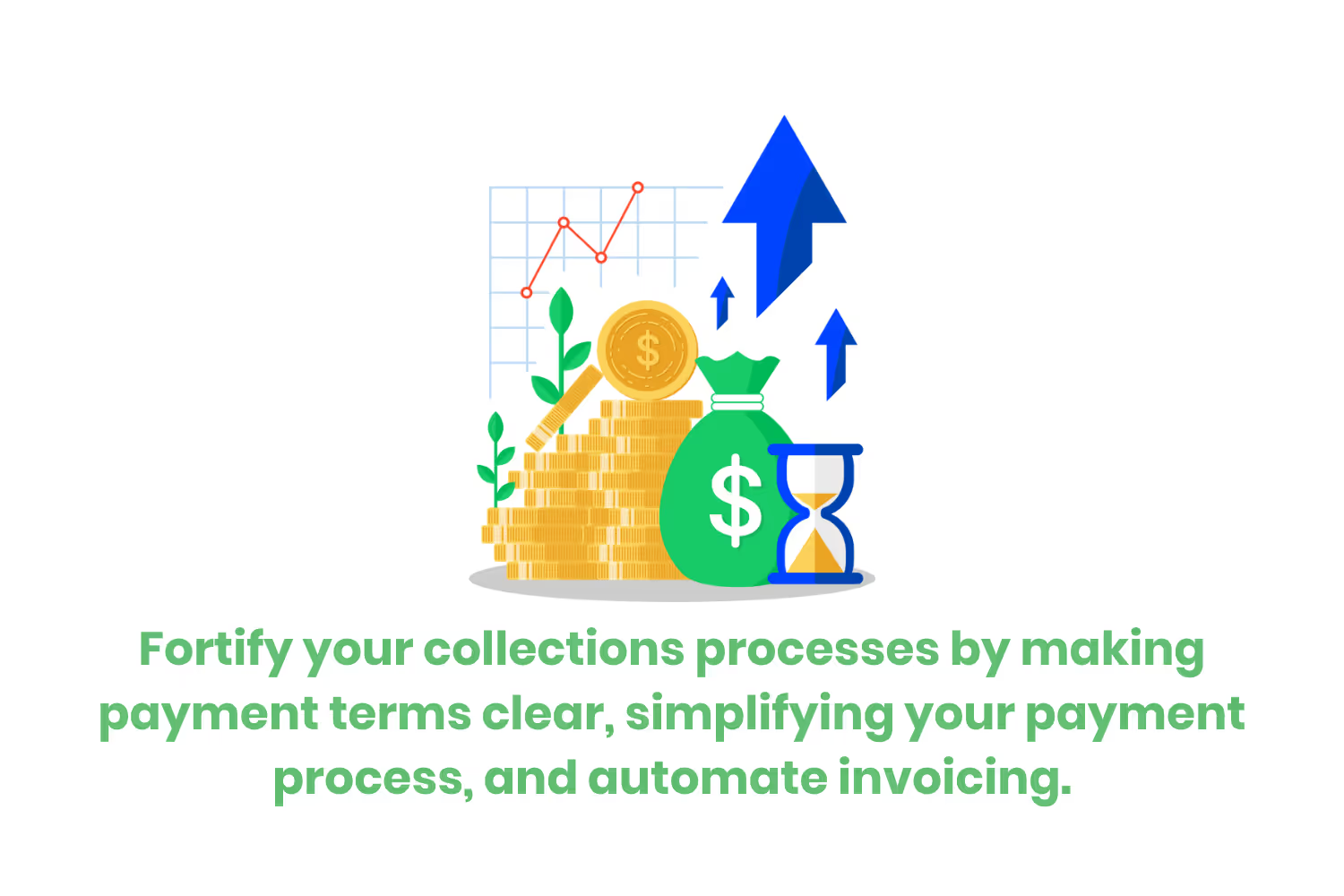
Let's go over a few tips on how to better fortify your billing and collections processes:
- Make payment terms and conditions clear to your client up front. Make sure to define important information such as late fees, accepted payment methods, and due dates before rendering services.
- Simplify your payment process. Many clients prefer having the option to choose from multiple forms of payment methods when settling a bill. Credit cards, over the phone, by mail, and through self-service payment portals are all popular and effective methods. Catering to the convenience of the payer is an easy way to receive payment as soon as possible.
- Automate invoicing and reminder messages. Automating invoices saves your team time, allowing for them to focus on more pressing billing matters. This also includes automating polite and professional messages so you don't have to feel like you are following around the same invoice for weeks on end.
Receive Prompt Payment Today
Behind every well-run business is a seamless, internal collections process. Everyone knows that.
The hard part isn’t understanding that you need to implement a process for reaching out and collecting on outstanding accounts. Instead, the difficulty comes in when following through and coming up with effective copy that persuades action.
As I mentioned earlier, you don’t want to count on one medium of communication in your collection efforts. While sending a payment follow-up email is one of the most effective ways to ask your clients to pay you, it isn’t the only option.
You should make every effort to reach out to your clients who haven’t paid you yet. That means sending physician mail, electronic mail and even SMS messages. A well-crafted reminder email can make collecting on an invoice payment easier.
When it comes to writing your payment reminder emails, we’ve got you covered. Feel free to copy and paste any of the email templates included within this blog post.
Emphasize your product's unique features or benefits to differentiate it from competitors
In nec dictum adipiscing pharetra enim etiam scelerisque dolor purus ipsum egestas cursus vulputate arcu egestas ut eu sed mollis consectetur mattis pharetra curabitur et maecenas in mattis fames consectetur ipsum quis risus mauris aliquam ornare nisl purus at ipsum nulla accumsan consectetur vestibulum suspendisse aliquam condimentum scelerisque lacinia pellentesque vestibulum condimentum turpis ligula pharetra dictum sapien facilisis sapien at sagittis et cursus congue.
- Pharetra curabitur et maecenas in mattis fames consectetur ipsum quis risus.
- Justo urna nisi auctor consequat consectetur dolor lectus blandit.
- Eget egestas volutpat lacinia vestibulum vitae mattis hendrerit.
- Ornare elit odio tellus orci bibendum dictum id sem congue enim amet diam.
Incorporate statistics or specific numbers to highlight the effectiveness or popularity of your offering
Convallis pellentesque ullamcorper sapien sed tristique fermentum proin amet quam tincidunt feugiat vitae neque quisque odio ut pellentesque ac mauris eget lectus. Pretium arcu turpis lacus sapien sit at eu sapien duis magna nunc nibh nam non ut nibh ultrices ultrices elementum egestas enim nisl sed cursus pellentesque sit dignissim enim euismod sit et convallis sed pelis viverra quam at nisl sit pharetra enim nisl nec vestibulum posuere in volutpat sed blandit neque risus.

Use time-sensitive language to encourage immediate action, such as "Limited Time Offer
Feugiat vitae neque quisque odio ut pellentesque ac mauris eget lectus. Pretium arcu turpis lacus sapien sit at eu sapien duis magna nunc nibh nam non ut nibh ultrices ultrices elementum egestas enim nisl sed cursus pellentesque sit dignissim enim euismod sit et convallis sed pelis viverra quam at nisl sit pharetra enim nisl nec vestibulum posuere in volutpat sed blandit neque risus.
- Pharetra curabitur et maecenas in mattis fames consectetur ipsum quis risus.
- Justo urna nisi auctor consequat consectetur dolor lectus blandit.
- Eget egestas volutpat lacinia vestibulum vitae mattis hendrerit.
- Ornare elit odio tellus orci bibendum dictum id sem congue enim amet diam.
Address customer pain points directly by showing how your product solves their problems
Feugiat vitae neque quisque odio ut pellentesque ac mauris eget lectus. Pretium arcu turpis lacus sapien sit at eu sapien duis magna nunc nibh nam non ut nibh ultrices ultrices elementum egestas enim nisl sed cursus pellentesque sit dignissim enim euismod sit et convallis sed pelis viverra quam at nisl sit pharetra enim nisl nec vestibulum posuere in volutpat sed blandit neque risus.
Vel etiam vel amet aenean eget in habitasse nunc duis tellus sem turpis risus aliquam ac volutpat tellus eu faucibus ullamcorper.
Tailor titles to your ideal customer segment using phrases like "Designed for Busy Professionals
Sed pretium id nibh id sit felis vitae volutpat volutpat adipiscing at sodales neque lectus mi phasellus commodo at elit suspendisse ornare faucibus lectus purus viverra in nec aliquet commodo et sed sed nisi tempor mi pellentesque arcu viverra pretium duis enim vulputate dignissim etiam ultrices vitae neque urna proin nibh diam turpis augue lacus.



